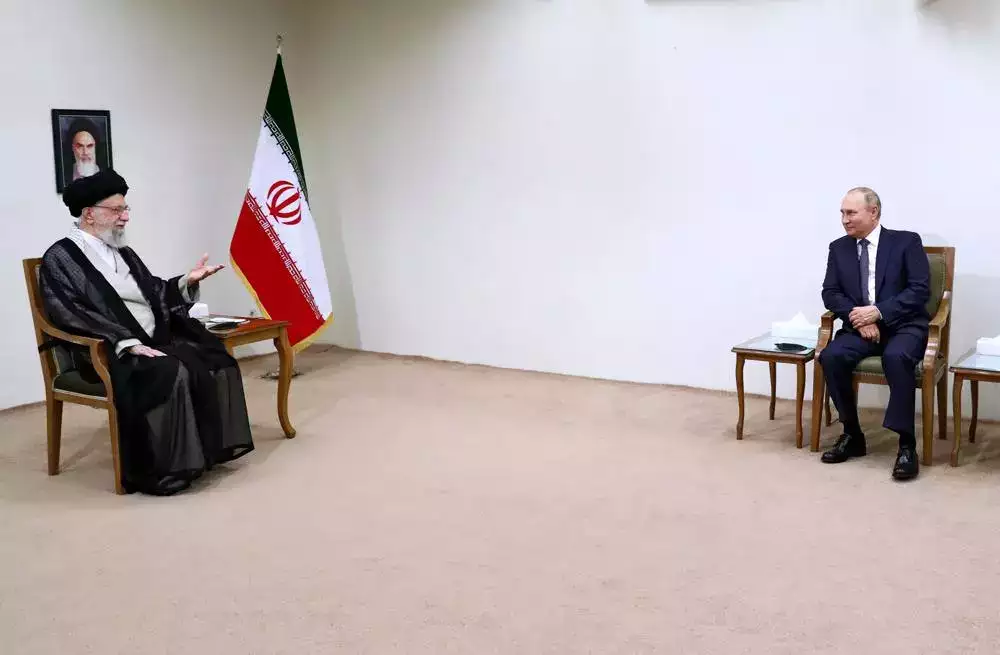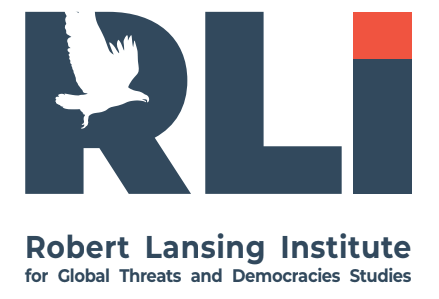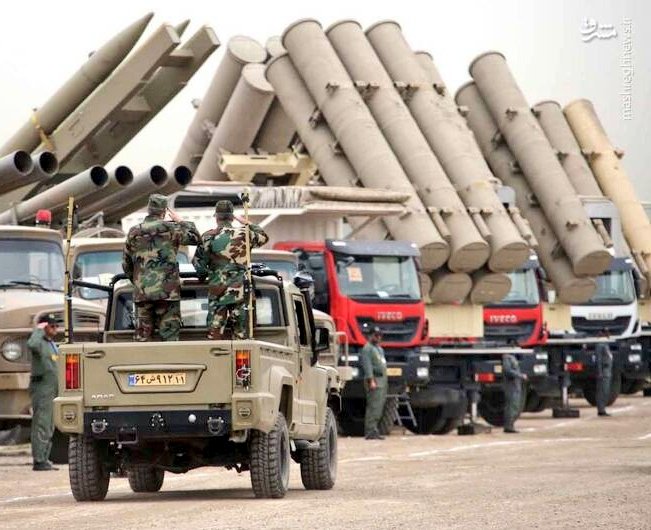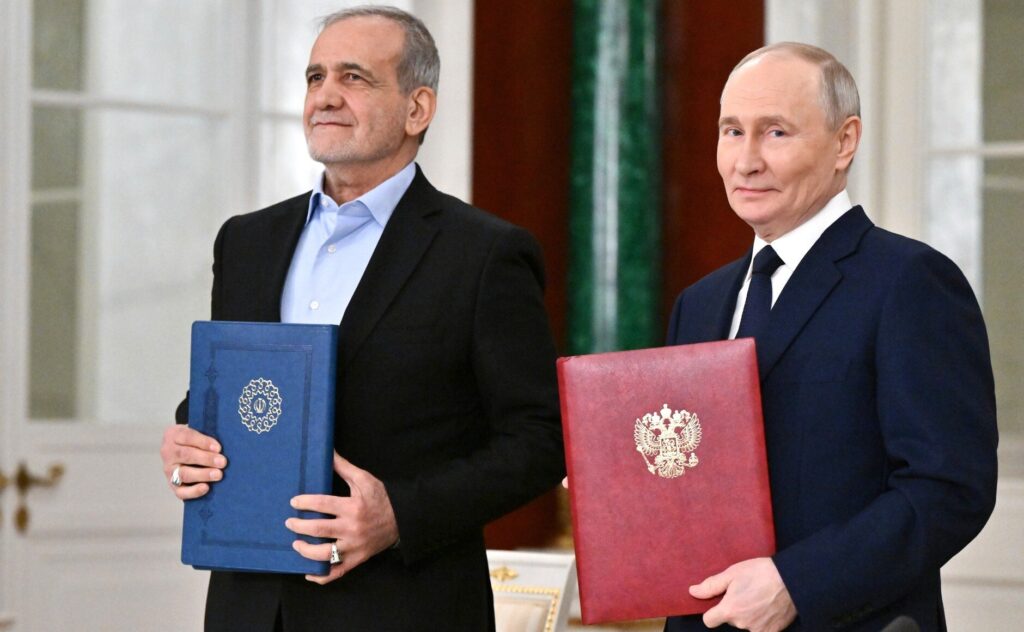Moscow is quietly buying weapons from Tehran, relying on Iran to help it circumvent sanctions and secure flows of dual-use goods, often routed through third countries. Transport and logistics data suggest that between November 1 and 28, 2024, Iran may have shipped up to 4,610 tons of weaponry to Russia.
Most of these consignments, disguised in export documents as “explosive materials,” are unloaded at the port of Olya in Russia’s Astrakhan region. From there, they are dispatched by rail to two major ammunition storage depots overseen by the 1060th Logistics Center of Russia’s Ministry of Defense in Volgograd and North Ossetia.
The port of Olya has emerged as a critical hub in the transport corridor between Russia and Iran—a channel for trade not just in grain and livestock but in arms. More than a quarter of Iranian arms deliveries to Moscow were controlled by Hossein Shamkhani, an oil magnate and son of Ayatollah Ali Shamkhani, a former Iranian defence minister and senior adviser to Supreme Leader Ali Khamenei. The controlling stake in the port belongs to Jamaldin Pashayev, a shipping magnate sanctioned by Washington in 2024. His companies, MG-Flot and Transmorflot, manage the flow of containers labeled as “explosives,” which are routinely dispatched onward to rail depots at Kotluban in Volgograd and Lukovsky in North Ossetia.
By late 2023, Moscow and Tehran had signed a contract for the delivery of Fateh-360 missiles, and by autumn 2024 the United States, France, Germany, and Britain had formally accused Iran of supplying rockets to Russia. On April 18, 2025, Ukrainian forces struck the port of Olya; on August 15, 2025, they hit the vessel Port Olya-4, which was moored and loaded with Iranian munitions.
In January 2025, Presidents Vladimir Putin and Masoud Pezeshkian signed a strategic partnership treaty. The Kremlin insisted the deal covered all areas—from culture to defense. Both governments continue to deny weapons transfers, yet the evidence tells another story.
The deepening cooperation in arms trade consolidates what Western officials now call an “axis of evil”—a front that includes North Korea and openly challenges the democratic world. This coalition is built not only on mutual military support but also on joint resistance to Western pressure. Its message is clear: aggression can be sustained through alternative partnerships, and authoritarian regimes can band together to defy international norms.
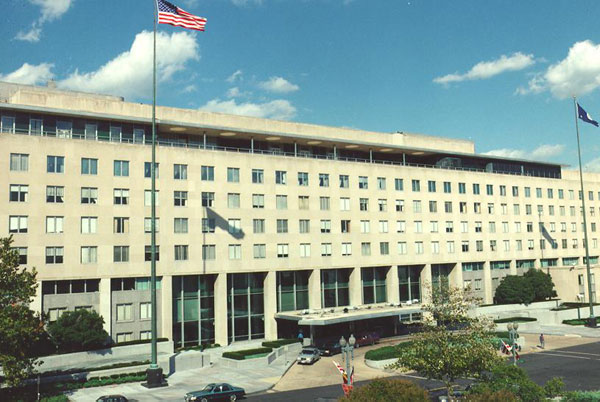
For Iran, the rewards are twofold: economic gain and geopolitical clout, bolstered by Moscow’s backing on issues central to Tehran’s interests. Western intelligence agencies warn that Russia may be transferring technology and components that could accelerate Iran’s nuclear ambitions, drawing it closer to weapons capability in exchange for arms.
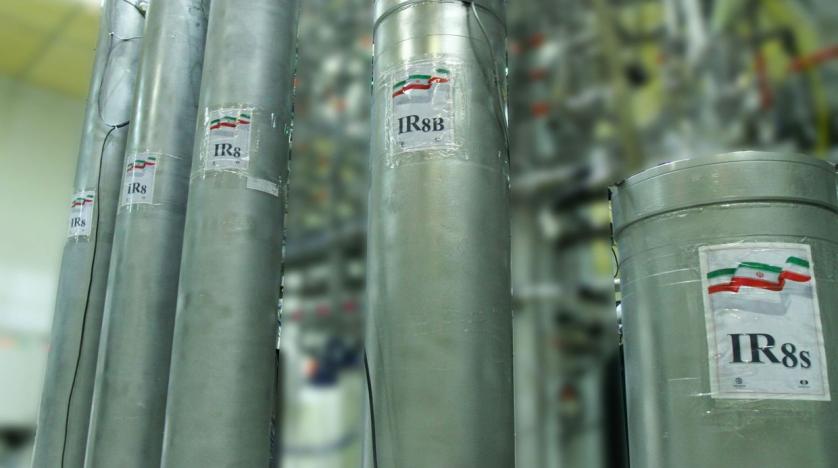
More on this story: Rosatom violates non-proliferation treaty in Iran
For Moscow, Iranian supplies help replenish dwindling stockpiles of munitions and precision-guided systems lost in Ukraine. Iran has provided mortar rounds, artillery shells in multiple calibers (122, 130, and 152 mm), and rockets for Grad launchers—deliveries that allow Russia to maintain high battlefield tempo. The reliance on Iranian drones, meanwhile, forces Ukraine to expend costly Western air-defense missiles—Patriot, NASAMS, IRIS-T—straining Kyiv’s defenses and leaving infrastructure more exposed.These large-scale shipments, in defiance of sanctions, reveal serious gaps in international enforcement mechanisms. The persistence of the Russia-Iran arms corridor underscores the urgent need for tougher, coordinated sanctions that could finally choke off the weapons and technology trade fueling Moscow’s war.

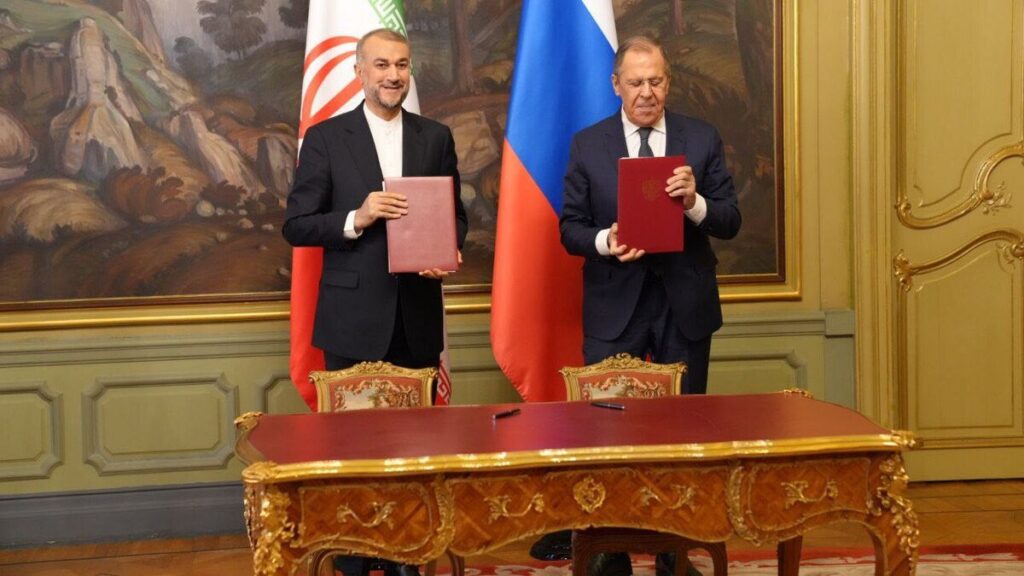
More on this story: Russia and Iran: The Limits of Strategic Partnership in the Face of Conflict


More on this story: Iran uses Russian war on Ukraine to modernize, develop own UAV program
